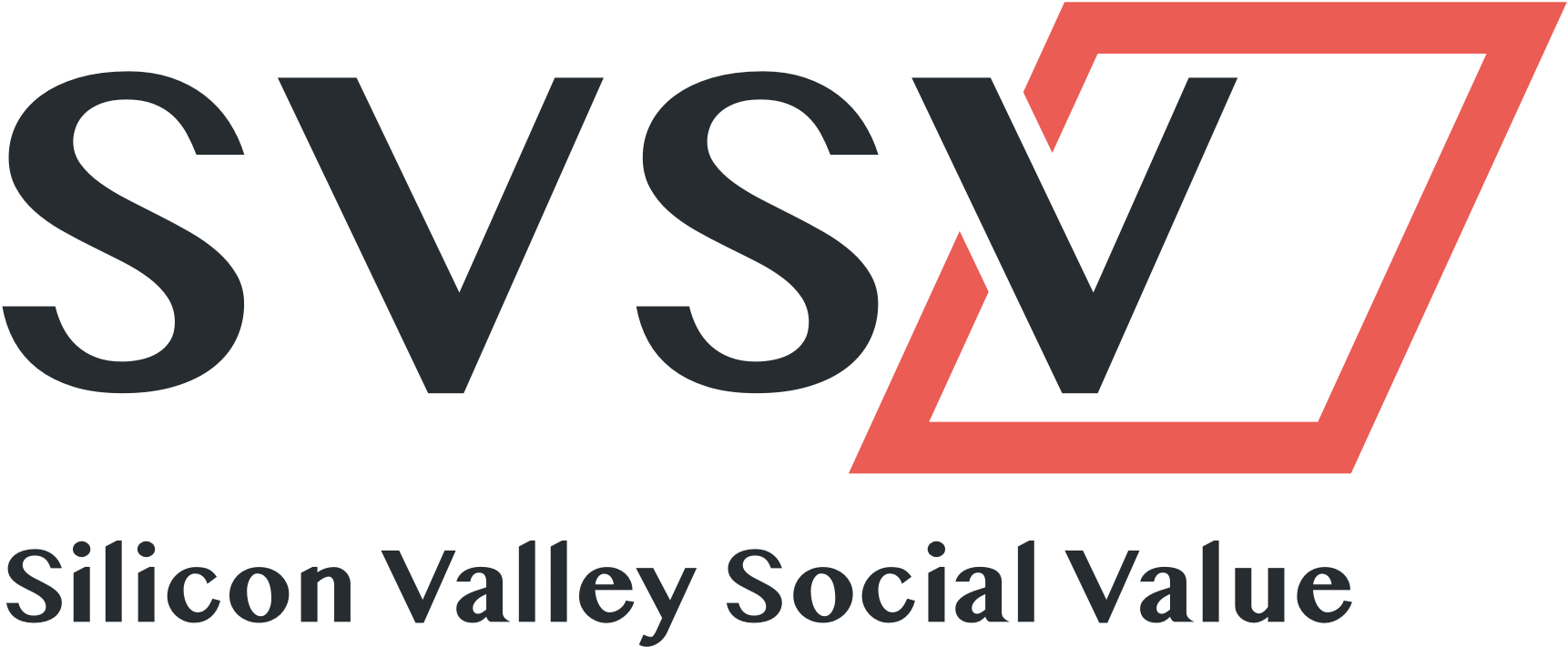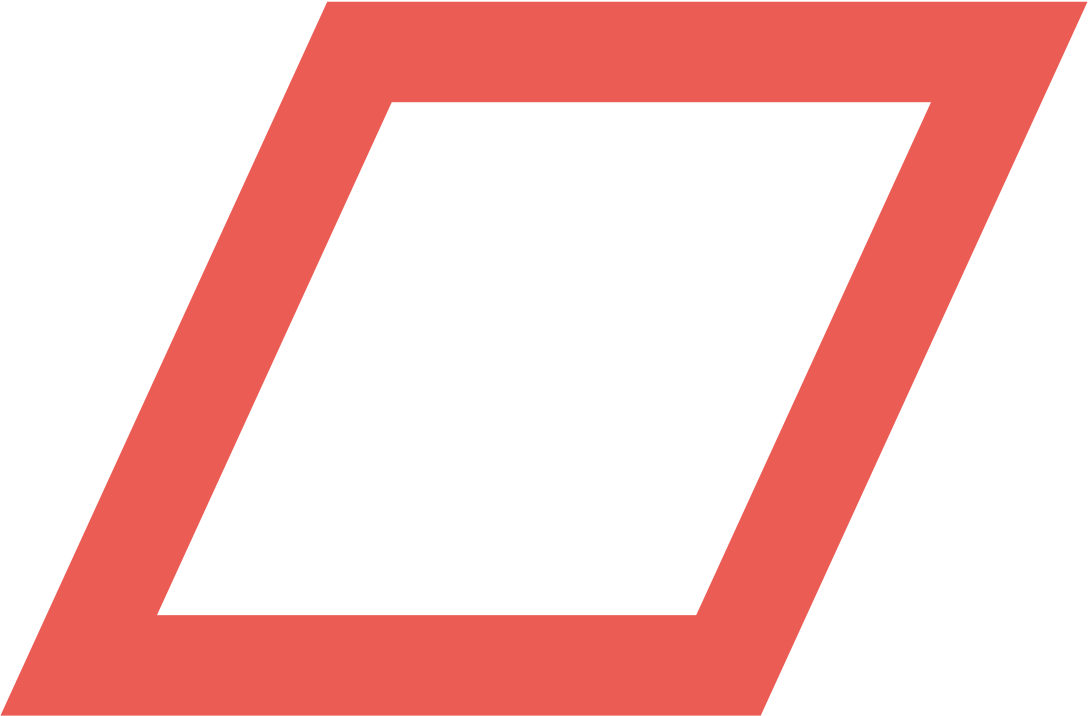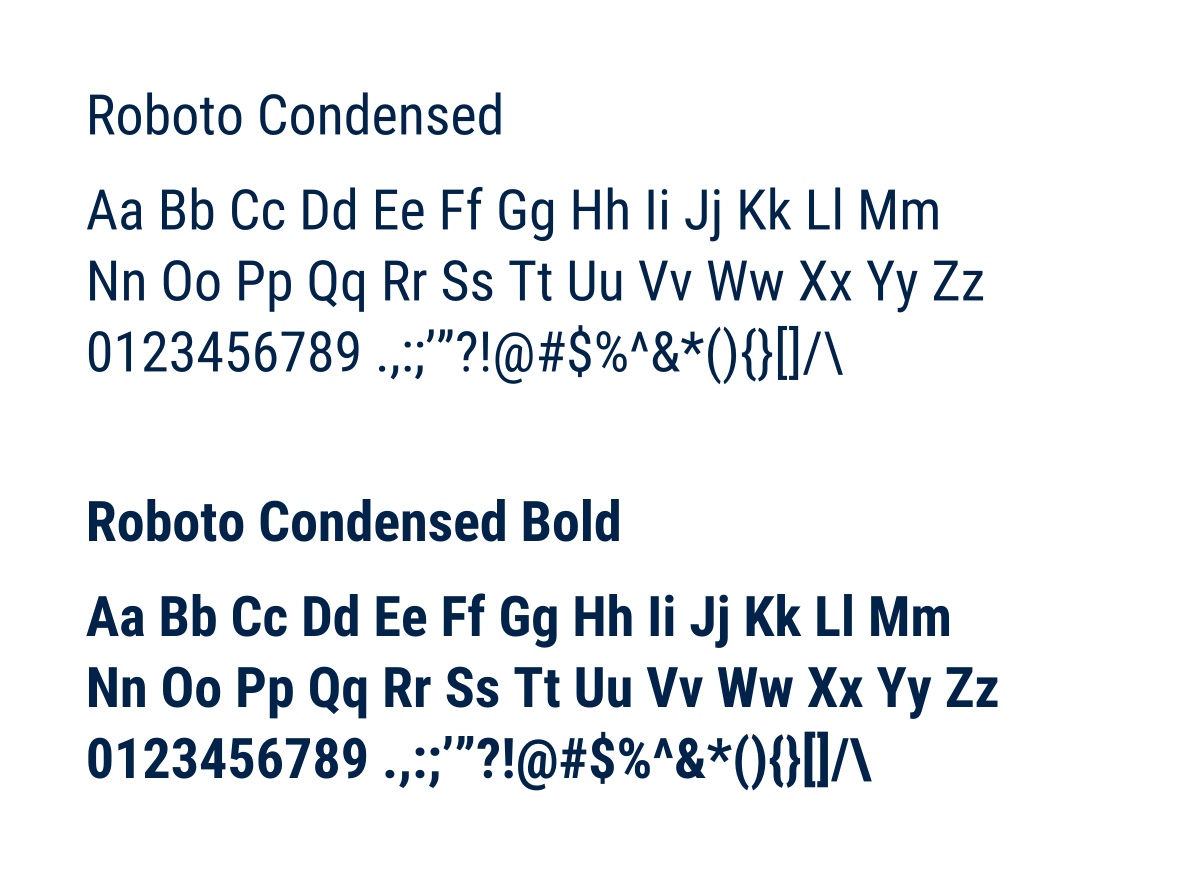The logo has 4 parts:
1. The Name
Silicon Valley Social Value
The full business name is always displayed stacked in two rows, styled in Bangle MN Bold font. The word Value is displayed in the primary brand color electric salmon for emphasis. The letters are kerned such that the both right ascenders of the capital letter Vs and the terminal "y" and "e" are parallel with the diagonals of the parallelogram.
2. The Parallelogram
Our trademark emblem, the parallelogram, is symbol of our core values: technological progress, social innovation, new thought, and leaning towards the future. The parallelogram is always displayed in our primary brand color, electric salmon, however it can be used independent of the name in certain circumstances.
3. The Descriptor
Consulting for mission-driven organizations & philanthropists
The descriptor is styled in Bangla MN Bold, colored in charcoal, and without a period. The letters are kerned such that the length of the descriptor is aligned with the bottom of the parallelogram.
4. The Abbreviation:
SVSV
The abbreviation is styled in Bangle MN Bold, color in charcoal with the parallelogram styled in electric salmon. The parallelogram has a notch missing to allow for legibility for the final letter V. The "notched" parallelogram should only be used in this arrangement. The abbreviation logo can be used with or without the business name beneath it.



















4.0 Social Media
We believe simplicity on social media profiles works best.
FOR PROFILE IMAGES:
Most channels (Facebook, Twitter, Instagram) use square or circular profile images—for those sites the square versions here (or without the name) work perfectly. Trying to cram your entire logo into those small avatars usually results in an unreadable blur.
Facebook Social Share
This image is sized for the Facebook "Social Share" dimensions (what comes up when someone links to your website in a Facebook post).